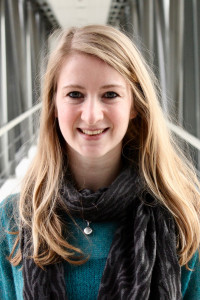Staff Scientist

The cellular architecture of the endosomal system is strictly organized and highly important for efficient endosomal function. Most endosomal vesicles localize in a ‘cloud’ next to the nucleus (perinuclear, PN), while only a small fraction of each endosomal subtype (such as early-, recycling-, late-endosomes and lysosomes) travels in-and-out of the cloud in a highly dynamic fashion. This bilateral organization of endosomes is highly important for efficient endosomal maturation and transit of cargo through the endosomal system, both crucial for normal functioning of cells and organisms. However, while constantly observed, the mechanism and functionality behind the PN architecture has been ignored. How is the endosomal architecture controlled and even more important why do cell need this organization? My research lines currently focus on answering these questions.
I started my PhD project in 2007 in the lab of Prof. J. Neefjes (NKI). Here I performed a genome wide siRNA based screen to identify new proteins involved in MHC class II antigen presentation. In 2013 I joined the lab of Dr. R. Spaapen (Sanquin Research) where I studied the Glycosphyngolipid-repertoire at the surface of tumour cells. Recently I started as a post-doc in the lab of Prof. J. Neefjes (LUMC).
Marlieke LM Jongsma*, Berlin I*, Wijdeven RH, Janssen L, Janssen GM, Garstka MA, Janssen H, Mensink M, van Veelen PA, Spaapen RM, Neefjes J.
Cell. 2016; 166:152-66
Marlieke LM Jongsma, Berlin I, Neefjes J.
Trends Cell Biol. 2015; 25:112-124
Paul P*, van den Hoorn T*, Marlieke LM Jongsma*, Bakker M, Hen¬geveld R, Cresswell P, Egan D, van Ham M, ten Brinke A, Ovaa H, Beijersbergen R, Kuijl C and Neefjes J.
Cell. 2011; 145:268-283
Looking for information on one of our topics, a new place to conduct your research or experienced research to join forces with? Feel free to contact us.!